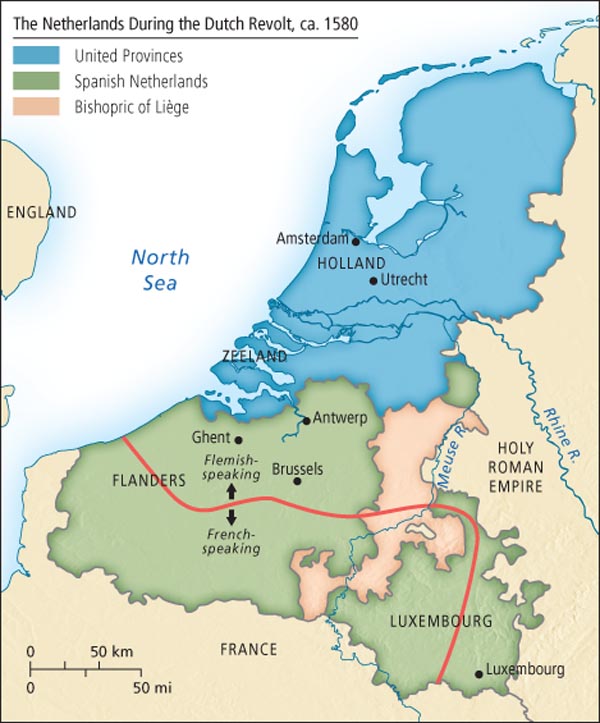The War and Art Project
Highlighting the Cultural Effects of Iconoclasm
“Cultural Heritage Lost: Art Iconoclasm During the Dutch Revolt of 1566”
INTRODUCTION:
Wars and conflicts terminate in many ways based on a multitude of factors. Periods of unrest can linger for many years. In some instances, periods of ceasefire or truce mark a pause rather than a complete termination of conflict. Both scenarios, however, result in similar damage to cultural artistic heritage. Although the greatest consequence of war engagement is the loss of life and destruction of property, not far behind falls the terminal nature and cultural impact caused by the destruction of art.
The Dutch Beeldenstorm (1566), an iconoclastic movement that marked the beginning of the Revolt of the Netherlands (1566-1648), was the Dutch uprising against ruling Catholic Spain after religious inquisitions targeted Protestants. [1] This religious conflict, known as the Dutch Revolt, did not terminate the hostilities between the Dutch Provinces and Spain; however, it set in motion a period of negotiation and truce and established the Provinces’ desire to separate from Spanish rule.
Before this conflict, the territories of The Netherlands and Belgium were under Spanish control through a series of marriages and alliances with primary rule dictated from afar by the King of Spain, Philip II. [2] After much wrangle and bloodshed as a result of the Beeldenstorm, a truce agreement was settled in 1609, resulting in what became known as the Twelve Years’ Truce (1609-1621). [3]
This project highlights the violence of the Dutch Beeldenstorm and its effect on the cultural artistic heritage during the Dutch Revolt that sparked the negotiation of the Twelve Years Truce, which eventually led to the Eighty Years’ War. The overarching theme will be to show how war-driven iconoclasm erases, modifies and censors artistic culture. This project will argue that in the example of the Beeldenstorm, not only were unique works of art destroyed, the artistic culture after the Truce was left barren.
The subject conflict builds upon the work of the historian, David Freedberg, in his pioneering study of the iconoclasm of the Dutch Revolt. The project hopes to build upon this important work by highlighting this conflict, as well as researching others, in order to highlight the cultural damage of iconoclasm.
[1] David Freedberg, Iconoclasm and Painting in the Revolt of the Netherlands, 1566-1609 (New York: Garland, 1988), i.
[2] Saskia Beranek, “Iconoclasm in the Netherlands in the Sixteenth Century,” in Smarthistory, July 2, 2015, accessed March 1, 2022.
[3] Freedberg, Iconoclasm and Painting…, 9.

Netherlands During the Dutch Revolt, c. 1580
War and Art Project
University of South Alabama
Mobile, Alabama
© Tiffany Beasley 2022
Contact: ArtShire Substack
